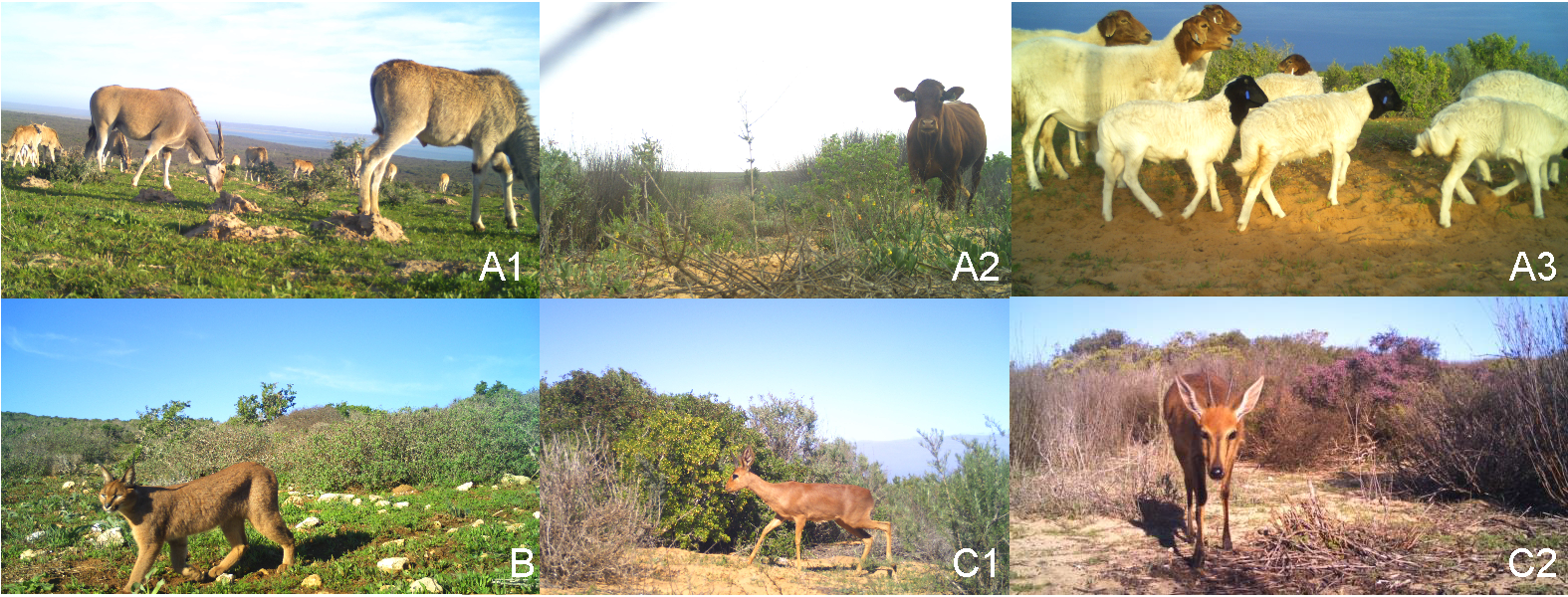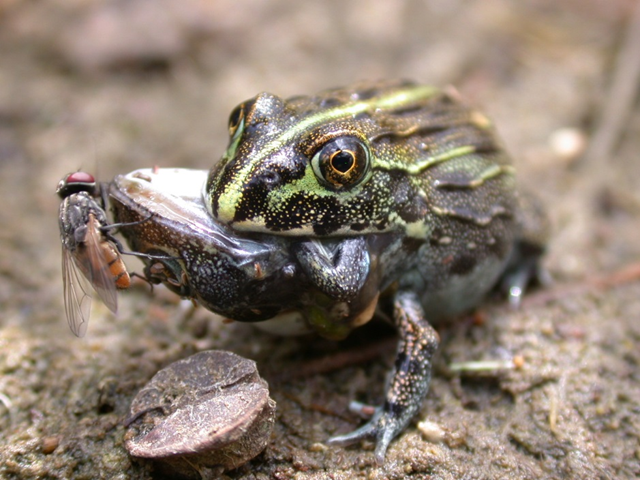Impacts of alien acacias assessed in a standardised framework
A study by former C·I·B Hons student, Cally Jansen and C·I·B Core Team Member, Dr Sabrina Kumschick used acacias introduced to South Africa as a case study to compare expert assessments with evidence-based impact assessments.



